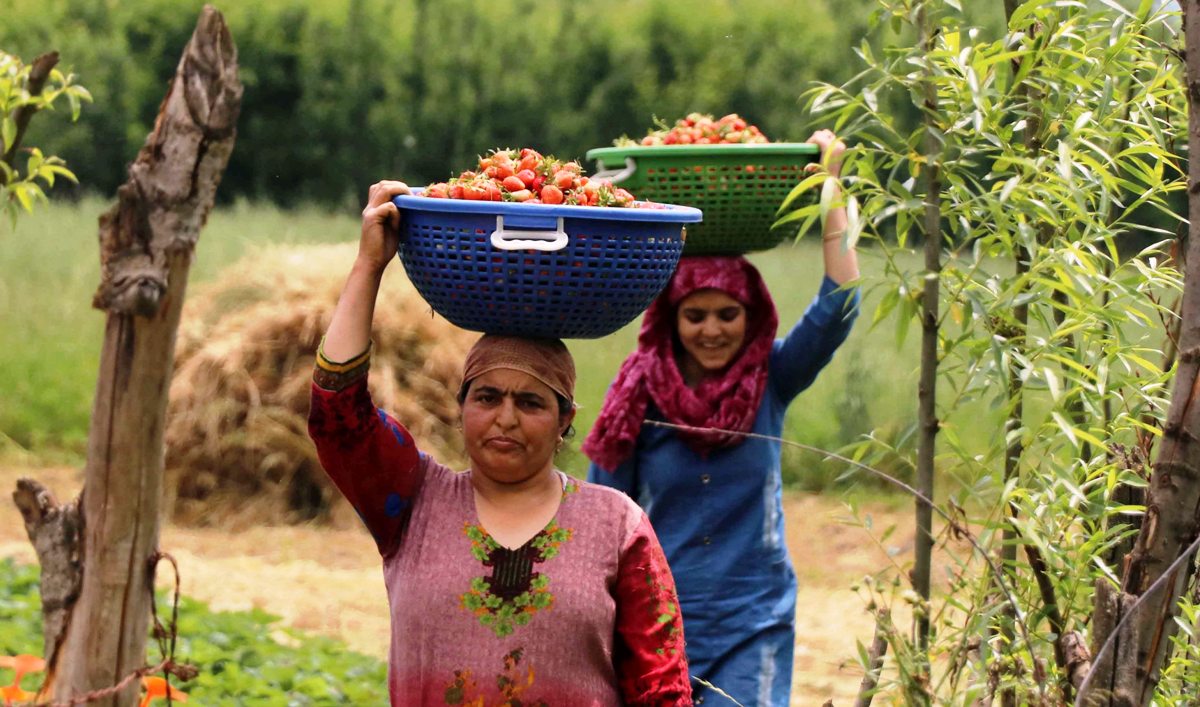SRINAGAR: A groundbreaking exhibition dedicated to architectural epigraphy in Kashmir is open at the Kashmir Arts Emporium on Residency Road, Srinagar. The event marks the region’s most extensive effort to document, translate, and map historical writings found on its buildings.
The exhibition features detailed drawings, images, and translations of carvings, engravings, and paintings.
“We are delighted to announce the first open exhibition of calligraphic inscriptions on historic buildings, including khanqahs, mosques, temples, shrines, and mausoleums of Kashmir,” said Dr Hakim Sameer Hamdani, who has spearheaded the project with a year-long grant from the Barakat Trust in London.
In collaboration with the School of Architecture, Planning, and Geomatics at the Islamic University of Science and Technology in Awantipora, and under the leadership of principal investigator Mehran Qureshi, this project aims to shed light on these significant inscriptions.
“These inscriptions serve as vital sources of public texts for understanding historical interpretations,” explained Dr Hamdani. “Collectively, they span over four centuries of dedicatory, religious, and literary writings beginning with the establishment of Sultanate rule in Kashmir in the 14th century.”
Kashmir, at the intersection of various civilizations, has evolved into a unique melting pot of diverse religious and cultural traditions. The 14th century introduction of Islam and Persianate artistic culture, coinciding with Sultanate rule (1320-1586), catalyzed the development of rich calligraphic traditions.
As the Sultans consolidated their rule, a practice emerged of inscribing texts of spiritual, historical, and political significance on prominent buildings and public spaces. This strategic display of inscriptions helped cultivate a unique Persianate cultural landscape in Kashmir.
“In major Sufi khanqahs, calligraphy was used extensively in a complex program of textual ornamentation,” Hamdani elaborated. “These inscriptions drew from Quranic verses, Prophetic sayings, and devotional poetry, establishing the spiritual status of various Sufi orders.”
However, many of these historical texts have been lost over time due to building material reuse, fires, and weathering. The exhibition aims to revive these lost treasures by showcasing documented sites, translations, photographs, and recreated drawings.
This landmark exhibition offers a rare glimpse into Kashmir’s rich epigraphic heritage, underscoring the region’s historical and cultural depth through the lens of its architectural inscriptions.















